We recently connected with Emma Casey and have shared our conversation below.
Alright, Emma thanks for taking the time to share your stories and insights with us today. We’d love to have you retell us the story behind how you came up with the idea for your business, I think our audience would really enjoy hearing the backstory.
The 39ft sailboat pitched down into the wave’s trough, and as we crested the next, the squall slammed us with a higher gust of wind. The headsail shredded audibly; a 7ft tear running vertically close to the furled edge. We had already patched it a few times and resigned ourselves to ordering a new one as soon as we limped the 300 remaining nautical miles to port in the Philippines.
This sail would get thrown away without a means to recycle the polyester Dacron fabric. It gave me pause to think of how many sails worldwide were being taken to the landfill each year. I was well aware of what a durable fabric it was to withstand some of earth’s most harsh elements: sun, wind and salt. The sails, while having outlived their working lifespan aboard, most often had a lot of life left, and a lot of usable material.
In a world of fast fashion and mass production, we need to return our focus to local manufacturing and to repurposing pre-existing materials. Landfall’s mission is to elevate the world of upcycling and the second-use economy by creating beautiful, sturdy, functional bags that are one-of-a-kind and that have a storied past. Used sails carry a narrative of adventure ingrained in their fabric. My designs elegantly highlight the original features of the sails by incorporating nautical hardware and stitch patterns. By weaving my own anecdotes from a life at sea into the brand, customers get to carry that ethos and whimsy everywhere they go. I give sails destined for the landfill a second wind, and the modern-day adventurer a bag that feels as good on their shoulder as it does on their conscience.
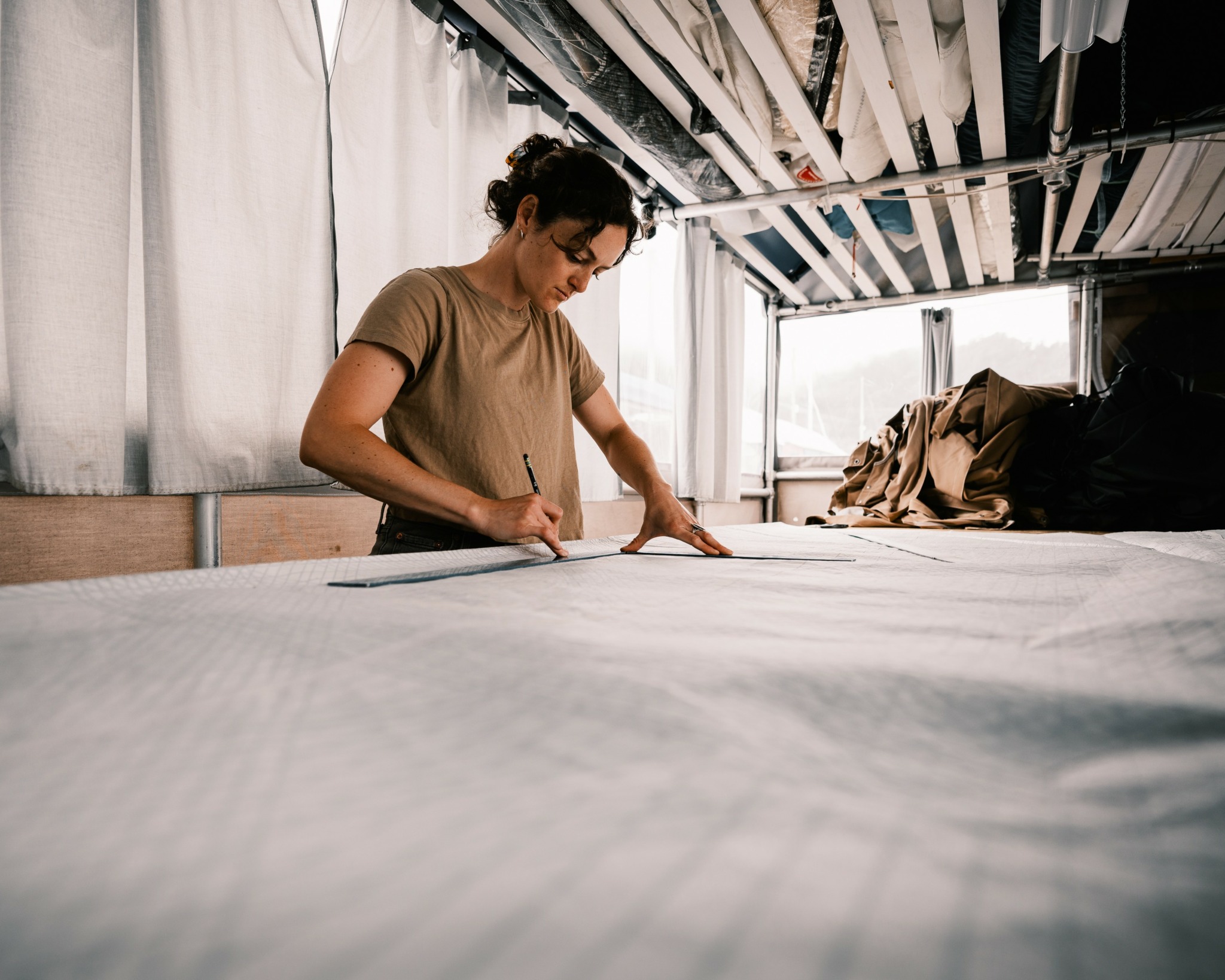
As always, we appreciate you sharing your insights and we’ve got a few more questions for you, but before we get to all of that can you take a minute to introduce yourself and give our readers some of your back background and context?
I spent seven years of my twenties sailing slowly around the world aboard a 39 ft boat. I was quickly enamored with the lifestyle: its slow pace, its immersive connection to nature, and the liberating disconnection from technology. I felt profound freedom in being beholden only to the elements – a tiny speck in a vast ocean. I relished having time with nowhere to be, no one to be. This circumnavigation took me to far-flung locales and immersed me in disparate cultures in pursuit of my favorite activities: freediving, spearfishing, rock climbing, and hiking.
But after seven years, the inkling that something was missing grew. While the ticking away of nautical miles beneath the keel lent a purpose to cruising life and I knew I could handle the physical demands of sailing, I was yearning for a different sort of challenge; something that demanded my mind and my creativity. I decided to make a change and return to land.
I knew I wanted to work with my hands and also to remain connected to the sea. I had access to a sewing workshop at the end of a pier surrounded by boats and a connection to a steady stream of used sails otherwise fated to the dump. Thus Landfall coalesced. I craft a line of distinctive, durable bags and accessories from sailcloth and leather. I also make custom upcycled sailcloth residential installations in the form of one-of-a-kind cushions, curtains and shed covers.
I’ve found the challenge I craved: in staying put and in building something from the ground up. In my funky workshop at the end of a pier in the heart of Sausalito, California’s working waterfront, I have had to don innumerable hats. Starting solo, Landfall forced me to learn everything from website-building to bookkeeping, sales tax remittance to patternmaking, email marketing to rivet-setting. Landfall is the tangible result of my desire to make something of my years at sea.
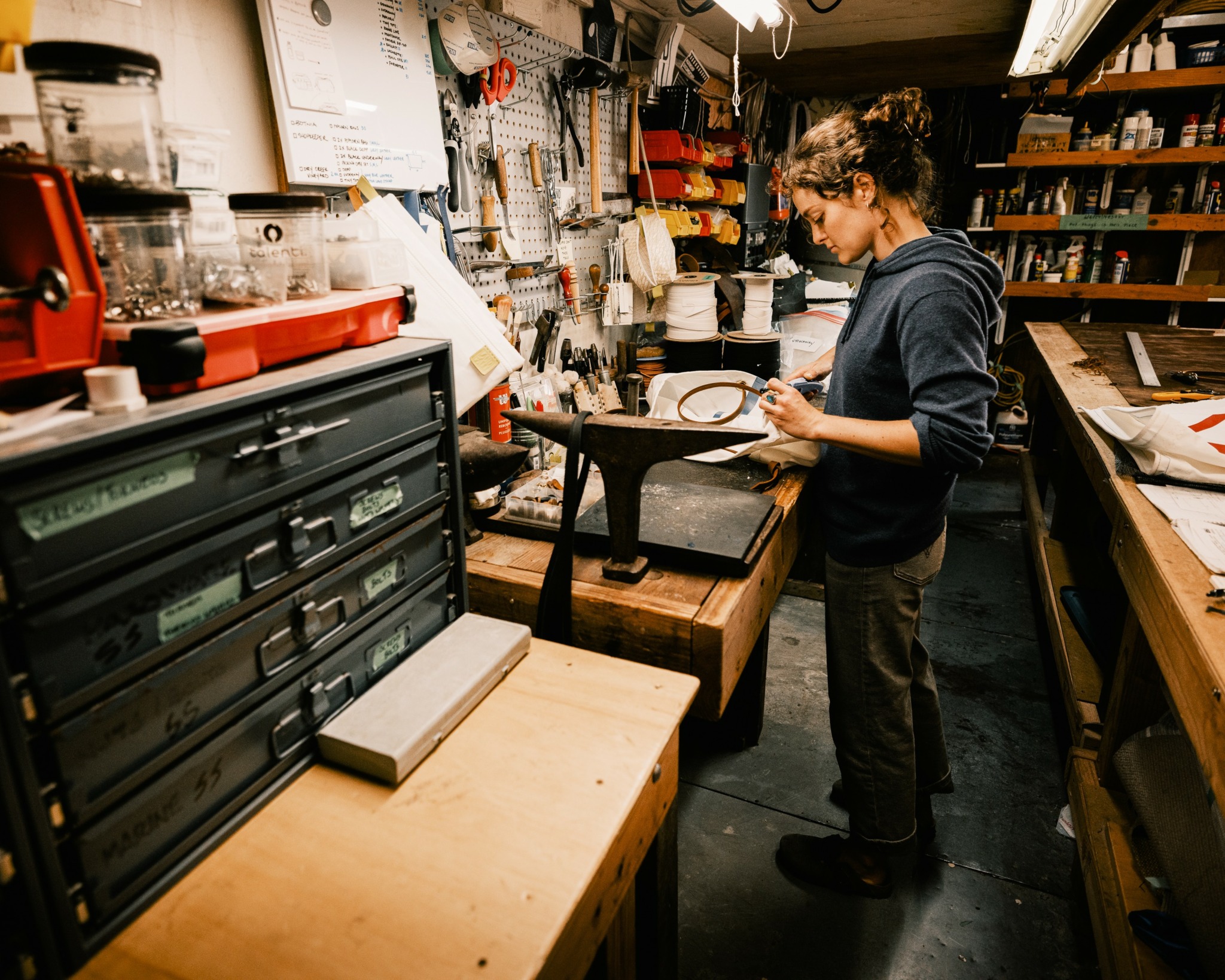
Okay – so how did you figure out the manufacturing part? Did you have prior experience?
I handcraft all of my products. When I first launched two years ago, I must admit, my bags were not particularly well-finished; they were durable as hell, but could have used refined pattern-making and sewing skills. I figured it was best to be brave and get my products out into the world than spend years refining the designs. I believed they would naturally evolve and improve with time as I honed my skills and put in the hours. This seems to have been the case, and I’m very grateful to those who chose to support me in the beginning.
As a child, I learned basic sewing and leatherworking skills from my father in the shed in our back yard. I would cut and hand stitch sheepskin slippers and little leather purses, stamp crooked patterns of butterflies and leaves on blank belts. In high school I started using our old walking foot Pfaff sewing machine to make messenger bags for my friends.
As for pattern-making and design I never had any training. Just a good eye for envisioning flat things in three dimensions and the order of operations to get there. I studied printmaking in college which I’m sure has impacted my aesthetic sensibility and love of clean lines and practical minimalism.
Durability is a cornerstone of Landfall products and it has taken some trial and error in sourcing certain hardware and materials that meet my standards.

How about pivoting – can you share the story of a time you’ve had to pivot?
It was 2015. I was twenty-one, fresh out of college, and in search of adventure. I hopped aboard a 35’ cutter in Half Moon Bay, California and headed South, switching boats in San Diego, and continuing through Mexico. I carried on and made the crossing to the Marquesas aboard a 30’ steel gaff-rigged ketch. It was slow (48 days), but I was hooked. I had entered the alternate reality of being a tiny speck in the middle of a vast ocean. This venture began to feel less like a trip, and more like a lifestyle. I loved having only time and nowhere to go, nowhere to be, no one to be. Oh, how I wrote, read and drew.
After a few thousand more nautical miles, I arrived in New Zealand where I met the man with whom I would sail for another four years aboard a 1980 Amel Sharki. We slowly worked our way North to the Philippines, and I fell more deeply in love with the lifestyle’s innate freedom, with my growing connection to the sea. I spent almost more time in the water than out of it – freediving and spearfishing, entranced with that subsurface world. We traversed Southeast Asia and the Indian Ocean, landing in South Africa just in time for the pandemic. We crossed the Atlantic from Namibia to Suriname one year later, and in Grenada I decided it was time for me to make a change.
I spent a year feeling quite unmoored. I struggled with adjusting back to life on land and constantly wondered if I had made a great mistake walking away from my little floating home and the thrilling variability of life aboard. Why would I give up spearfishing on uninhabited Micronesian atolls and summiting active Vanuatuan volcanoes to peer down at roiling lava a thousand feet below? Why would I trade traversing oceans for sitting in traffic? Because something was missing. While the ticking away of nautical miles beneath the keel lends a purpose to cruising life, and I knew I could handle the physical demands of sailing (the frequent misery of grimy, sweaty, salty sleeplessness), I was yearning for a different sort of challenge; something that demanded my mind and my creativity. Landfall is my landing; the tangible result of my desire to make sense of, and make something of, my years at sea.
Contact Info:
- Website: https://www.landfallleatherworks.com
- Instagram: @landfallleatherworks

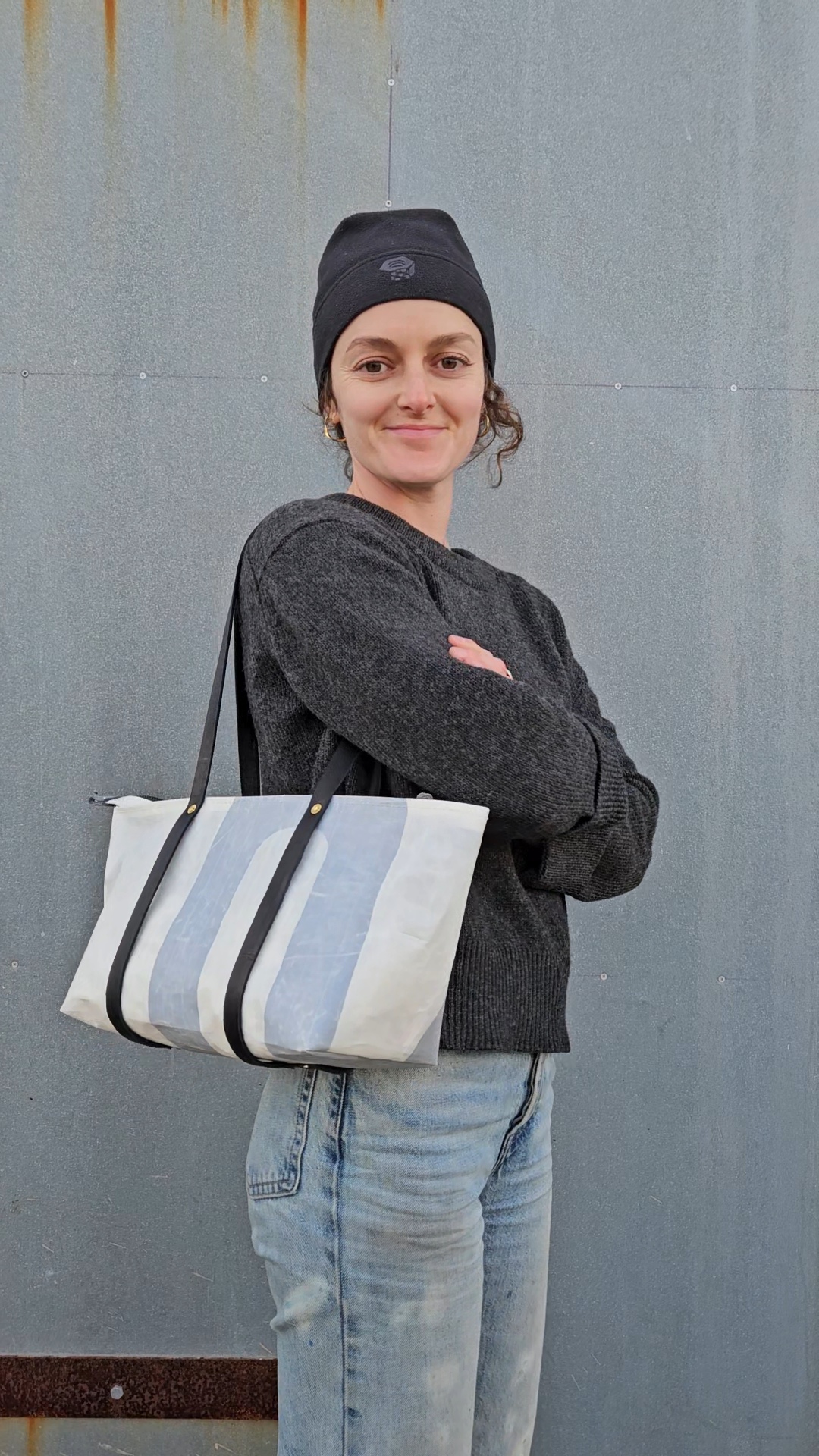
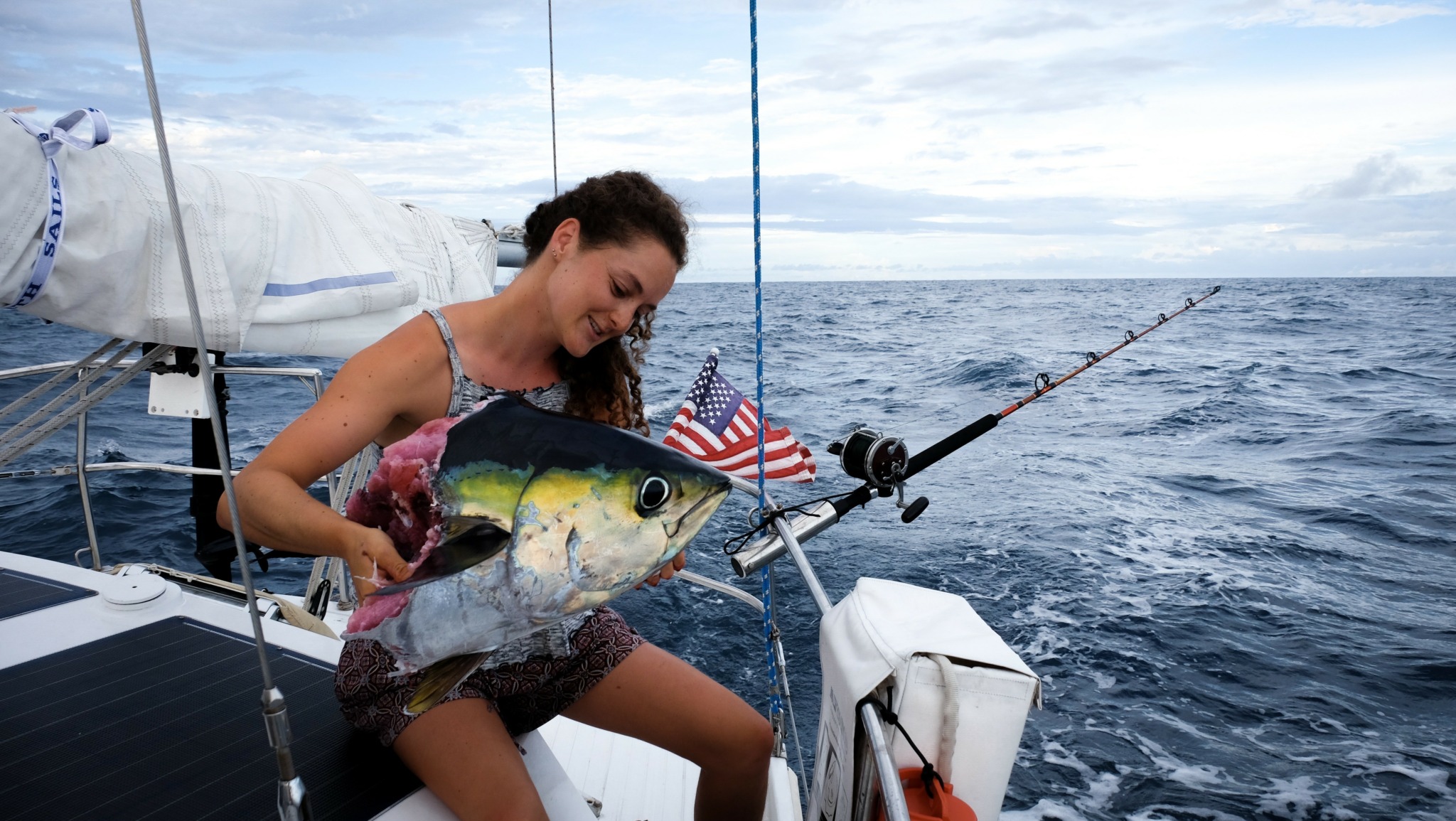
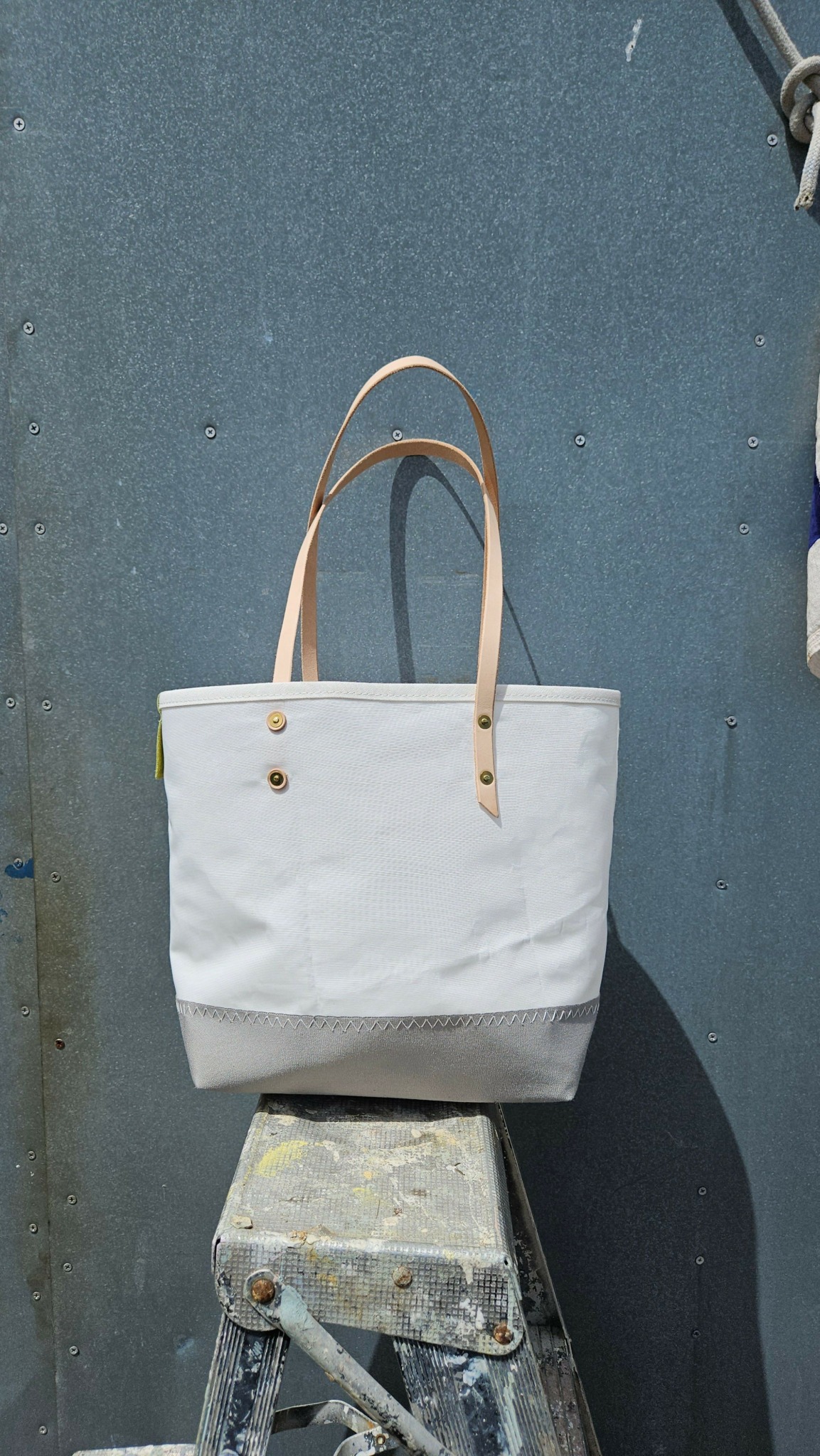
Image Credits
Dan Evans


